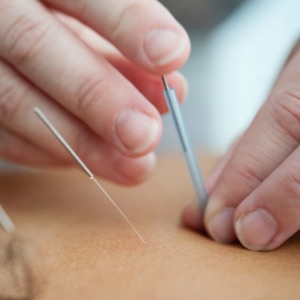Ask the Acupuncturist

By Toby Helmstetter, LAc
This great question comes from someone in our Cary office....
"How do you do acupuncture on children? I can't get my child to sit still to get him dressed, I can only imagine how he'd be able to lie there with needles in him!"
Acupuncture is performed on children in various ways. Unlike adults, children generally get acupuncture only when they have a problem, versus using acupuncture to promote and maintain health and well-being. Of course, like adults, problems for children and babies can be anything from colds and allergies, reflux and digestive issues, and even injuries or pain. But it can also be used for more severe childhood issues like failure to thrive, skin conditions, and slow or delayed growth. Infants do not typically get acupuncture; instead, they receive a technique called "Tui Na" which is a specified form of Chinese massage used to treat the various conditions that afflict children. Once a child is past the newborn stage, they can get acupuncture, but it's very different from how an adult receives it. First, the needles do not stay in; they are inserted and quickly removed. Second, very few points are used; often times babies and toddlers will get only 3 or 4 points, done only on one side of their body. Amazingly, this is enough to help them recover from their ailments. This is because a child's energies respond and change very quickly. If you've been around a child with a fever, you've probably seen how quickly the fever can go up, and then down, with little or no influence on our part. The same thing goes for how they respond to acupuncture treatment. Just a few needles can stop a runny nose, lower a fever or help a constipated child in one treatment.
Retaining needles in children can happen any time after the age of 8. Once a child is 8 years old and beyond, acupuncture needles can be left in for up to 20 minutes. A parent, and sometimes even the acupuncturist will stay in the room with the child at this stage, but as they become comfortable with the procedure, they often use it as a time to take a quick nap! As children get older, into their pre-pubescent years, the needles can stay in up to 30 minutes. The treatment emphasis remains the same, however--less is always more. When treating children of any age, whether leaving needles in or taking them out after quick insertion, we choose the fewest number of points to accomplish our goal.


